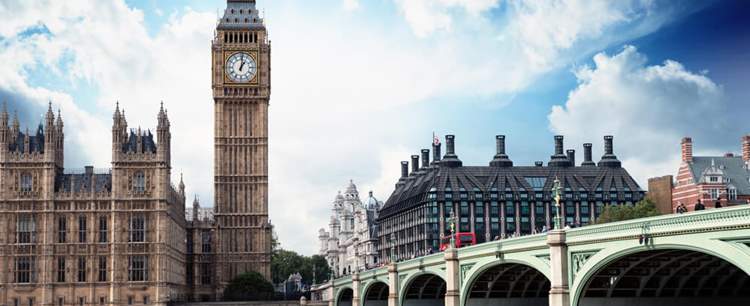UK property news headlines have focused on developments affecting landlords in the private rented sector while other stories continue to monitor the ebb and flow of house prices countrywide.
Let’s take a closer look …
Government steps up pressure on landlords to house refugees
In a posting on the 16th of February, Landlord Today sounded a sense of urgency to the resettlement of Afghan refugees who came to the UK.
Despite the efforts of more than 300 local councils currently engaged in that effort, the government has now called on landlords in the private rented sector who have properties suitable for the resettlement of such refugees to step forward.
As part of its £5 million funding scheme, the government has relaunched an internet-based housing portal through which landlords in the private sector can offer suitable accommodation and allow local councils to match these with those refugees awaiting resettlement. While they are waiting for more permanent accommodation, many refugees – including those with families – continue to be accommodated in hotels.
UK needs 230,000 new private rented homes a year
The call to landlords goes out at a time when there is already a severe shortage of rented accommodation in the private sector, reported the National Residential Landlords Association (NRLA) on the 14th of February.
The NRLA cited recent estimates that an extra 230,000 new private rented homes need to be found each year if government housing targets for the UK as a whole are going to be met. By 2025, current targets anticipate a need for some 340,000 new homes every year.
Over the next ten years, it is estimated that an additional 1.8 million households will need homes. Taking into consideration those provided by owner-occupation and social housing schemes, the private rented sector will still need to contribute an extra 227,000 new dwellings. Even if the housing requirements filled by owner-occupiers and those in social housing were to double, an extra 105,000 homes in the private rented sector will be needed.
These projected estimates of the need for additional housing far exceed the current rate of supply.
Anti-discrimination guide for landlords issued by government
Landlord Today on the 14th of February drew attention to new guidelines warning landlords to avoid discriminating against tenants when conducting Right to Rent enquiries.
A new code of practice for landlords to support them in the avoidance of discrimination comes into effect on the 6th of April and warns them about:
- limiting checks on the Right to Rent status only to those who appear to be migrants;
- not treating tenants with a time-limited Right to Rent any less favourably than others;
- treat those who provide hard copies of documents no less favourably than others; and
- to avoid making any assumptions or exercising any prejudice as to a Right to Rent – or immigration status – based on the tenant’s ethnicity, nationality, race, colour, accent, or the length of time they’ve been in the UK.
Homebuyers and sellers “need to realise that prices have turned”
Despite a marked imbalance between supply and demand in the housing market, Property Industry Eye on the 14th of February warned that “prices have turned a corner” – at least in the Prime Central London (PCL) areas.
The article argues that the housing market in the UK has still not returned to its pre-pandemic stability but continues to be marked by the seemingly unrelenting increase in demand but a noticeable shortage in supply – that is only slowly beginning to recover. The imbalance is accentuated by the demand from prospective buyers in January which was 54% higher than the average during the past five years.
The effects continue to be felt across the UK. But in the Prime Central London area prices are already beginning to recover after the past six years in which they have been flagging, says Property Industry Eye.
The London areas where house prices have risen most since the first Covid lockdown
For all the race to the countryside by some city-dwellers, house prices in certain boroughs of the capital have risen sharply during the recent pandemic, says a story in the London Evening Standard on the 16th of February.
In Islington, for example, the average price of a house now stands at £771,374 – an increase of £120,000 since March 2020 when the first Covid lockdown was imposed.
Camden now has an average house price of £961,390 – an increase of 13.4% since March 2020 while, in third place, is Richmond, where average prices have risen to £758,967 – an increase of £100,150.







